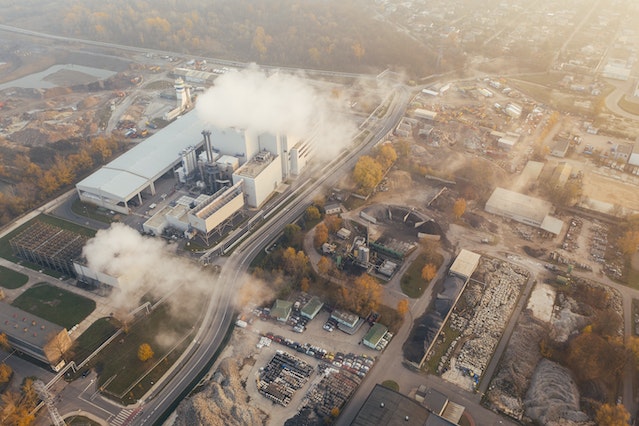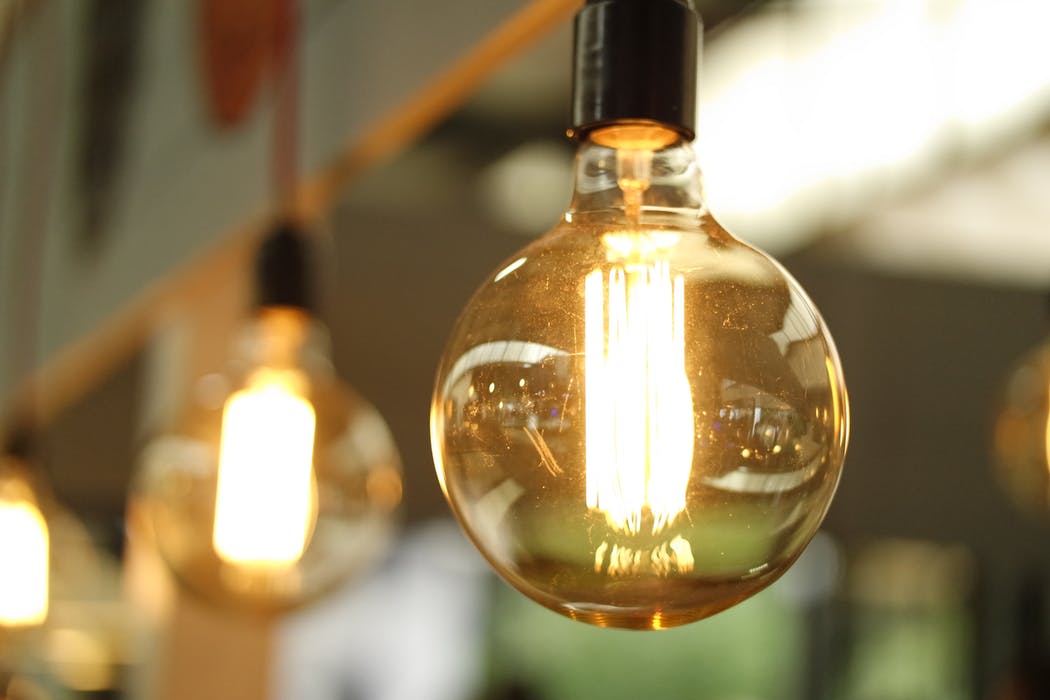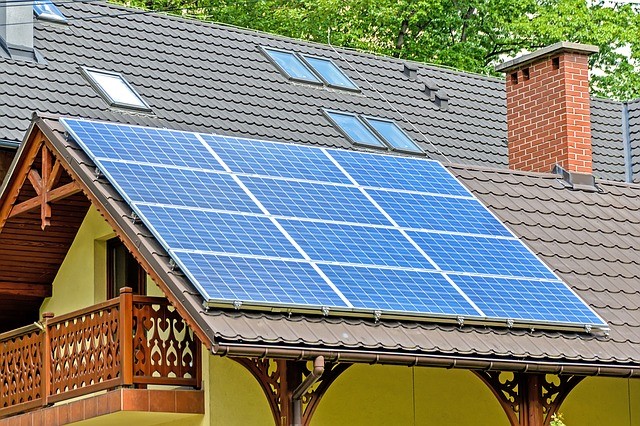
While carbon dioxide is the leading greenhouse gas destroying the atmosphere, methane is a significant contributor. Studies show global temperatures last year were 1.1°C higher than preindustrial levels. Anthropogenic methane emissions are believed to account for 30%of that warming.
To reduce said emissions and work toward sustainability, much needs to be done in the energy sector, especially in the area of leaks across the natural gas value chain. Below is a brief look into some emerging technologies and strategies that operations can utilize to address such leaks.
Methane emissions stem from many aspects of life on Earth. It is the result of extensive agricultural and livestock practices, as well as the decay of organic waste in municipal solid waste landfills. However, a significant percentage is emitted during the production and transport of natural gas, coal and oil.
Emissions in this field are at times unavoidable, yet the majority (60%) are the result of leaks. Operations can strive to control emissions from equipment leaks by implementing and complying with leak detection and repair (LDAR) programs. An LDAR program is a work practice designed to identify unintended or fugitive emissions from equipment in an oil and gas, chemical, or petrochemical installation so that emissions can be minimized through repairs.
If applied quarterly, studies estimate that LDAR practices could reduce fugitive emissions by roughly two-thirds. In oil and gas operations, this could decrease annual methane emissions by close to 14.5 Mt if comprehensively applied.
LDAR processes can vary greatly based on equipment or application. One method utilizes LiDAR sensors. This innovative gas mapping technology scans oil and gas infrastructures from the air via drones or planes. Its purpose is to accurately pinpoint and measure methane leaks to plan and prioritize repairs more efficiently.
Another method is to modify or replace equipment with “leakless” components. For instance, centrifugal compressors can be retrofitted with wet seals to better capture degassing emissions. This degassing recovery process works to mitigate methane emissions and reduce the demand of fuel gas.
Other typical sources of emissions are pumps and valves. Through upgrades, these components can be made leakless as well. Common examples of seal-less parts include diaphragm pumps, magnetic drive pumps, bellows valves and diaphragm valves. Although application of these may be limited by process operating conditions and materials of construction considerations, such modern components can be effective in minimizing or eliminating leaks.
To comply with industry regulations, components subject to LDAR requirements must be monitored at specified, regular intervals. However, more can be done to minimize leaks and greenhouse gas emissions beyond compliance. It takes initiative on the part of industry and company leaders to invest in the future of energy production as well as the future of our planet.
Provided by Bridger Photonics – gas mapping lidar
For additional approaches on minimizing methane leaks, please see the accompanying
Resources
https://www.iea.org/reports/methane-tracker-2020/methane-abatement-options
https://www.iea.org/fuels-and-technologies/methane-abatement
https://www.sciencedaily.com/releases/2019/09/190910154706.htm
https://pubs.acs.org/doi/10.1021/acs.est.1c03071
https://www.epa.gov/sites/default/files/2016-06/documents/ll_rodpack.pdf
https://www.epa.gov/sites/default/files/2016-06/documents/zeroemissionsdehy.pdf
https://www.epa.gov/sites/default/files/2016-06/documents/installelectronicflareignitiondevices.pdf
https://www.epa.gov/sites/default/files/2016-06/documents/insertgasmainflexibleliners.pdf
https://www.epa.gov/sites/default/files/2016-06/documents/installexcessflowvalves.pdf
https://www.epa.gov/sites/default/files/2016-06/documents/connectcasingtovaporrecoveryunit.pdf
https://scholar.colorado.edu/downloads/h702q689j
https://www.epa.gov/natural-gas-star-program/recommended-technologies-reduce-methane-emissions
https://www.epa.gov/sites/default/files/2016-06/documents/installelectricstarters.pdf
https://www.epa.gov/sites/default/files/2016-06/documents/installelectriccompressors.pdf
https://www.epa.gov/sites/default/files/2016-06/documents/rerouteglycolskimmer.pdf



